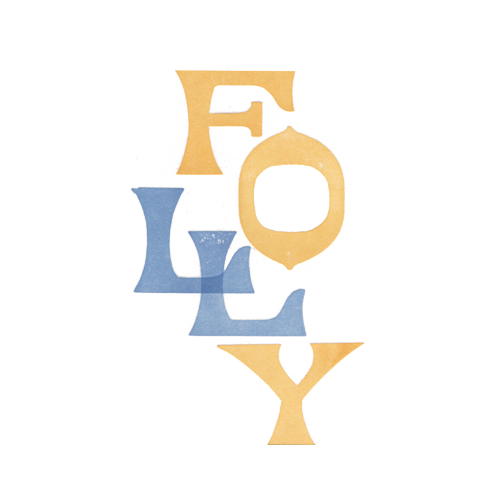William Wentworth, 2nd Earl of Strafford (1722-1791) had his principal seat at Wentworth Castle near Barnsley in Yorkshire, and Boughton in Northamptonshire was where he broke the journey to the social and political hub of London. Both estates were embellished with temples, sham churches and castles, obelisks and archways, including this castellated curiosity at Boughton.
Triumphal Arch
Westwick Arch and Obelisk, Westwick, Norfolk
This fine arch could once be found on the edge of the village of Westwick, but sadly it was pulled down as recently as 1981. Nearby, in a scrappy ribbon of woodland, stands a decrepit brick tower with a square base supporting a round shaft. It is difficult to appreciate that this remnant was once a much-admired eye-catcher and belvedere, which went by the curious title of the Westwick Obelisk.
Independence Day: The Arch, Parlington Park, Aberford, West Yorkshire.
Parlington Park is close to Aberford, south of Wetherby, on the old Great North Road. An architectural highlight of the landscape park is this Triumphal Arch, constructed in the early 1780s to definitively declare Sir Thomas Gascoigne’s stance on the ongoing war with America. Its inscription begins LIBERTY IN N AMERICA TRIUMPHANT, an unequivocal statement that Sir Thomas was firmly on the side of the colonists. The Folly Flâneuse has written about the arch before, but is revisiting to mark the Fourth of July, Independence Day in the U.S.A., and to look at a very curious moment in the modern history of the monument.
Coronation Streets: Ed Kluz Triumphant
Writing in Tatler magazine in 1961 the writer, and champion of the British countryside, Ronald Blythe, questioned why follies were common in the countryside, but seldom found in the city. Long before the ‘concrete and glass’ that constituted the cities in Blythe’s mind, costly and extravagant ornamental structures could be found on the streets of the capital. These were the triumphal arches built to celebrate the coronation of a new monarch.




